Recently, a young lady named Nhung Lora gained sudden popularity when a 14-second video featuring her spontaneous dance went “viral.” Despite the brief duration, her charming demeanor, radiant personality, and natural style quickly captured the attention of the online community.
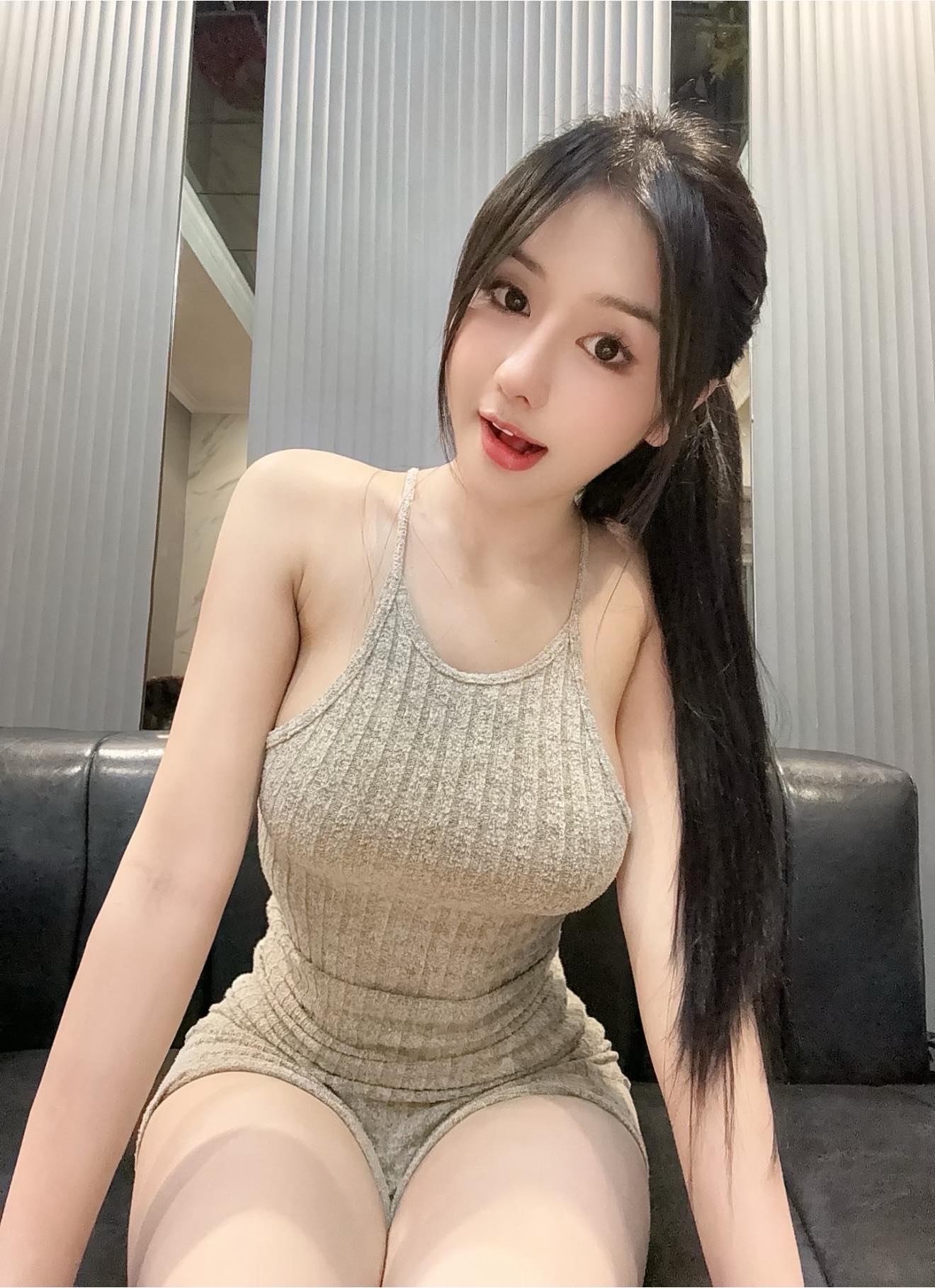
Moreover, with her short videos capturing candid moments from daily life, such as dining experiences and simple interactions, the authenticity and relatability of Nhung Lora have attracted hundreds of thousands of views and interactions from the online community.
Continuing to showcase her captivating charm, Nhung Lora recently shared a series of photos flaunting her stunning looks. This “flex” post from the hot girl stirred excitement among netizens.
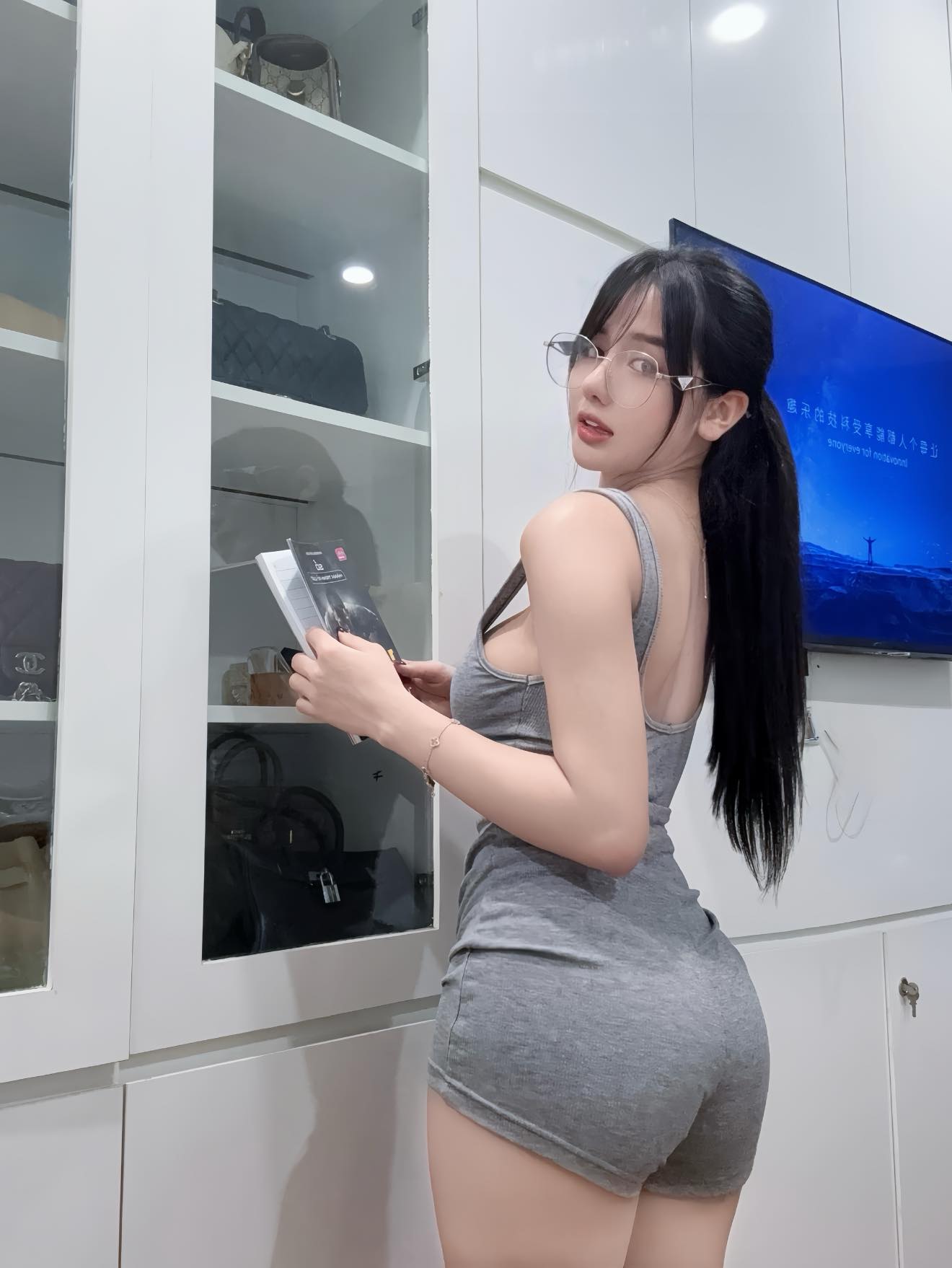

Her posts feature no elaborate layouts, no excessive filters, and no professionally posed shots, but instead highlight her natural beauty, with sunlight illuminating her face and perfect angles creating an enchanting effect.

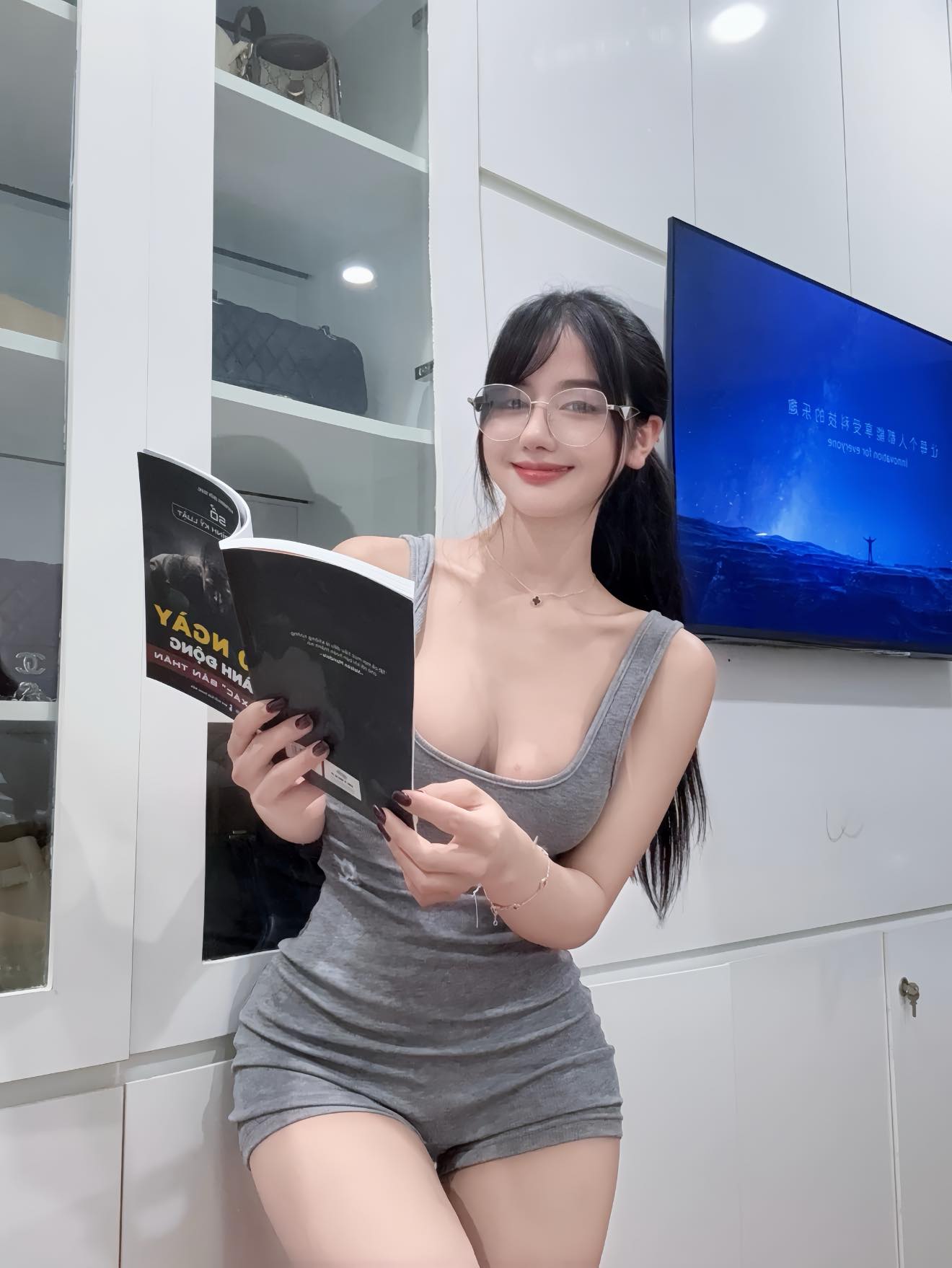
The spontaneous angles, natural lighting, and her graceful features create a visual that is almost too perfect to be real. Viewers find themselves questioning whether these images are a product of reality or AI technology.
“The AI is also stunning”;
“Too beautiful to be real”;
“It’s hard to believe this is natural beauty”;
“This level of beauty is mesmerizing”…
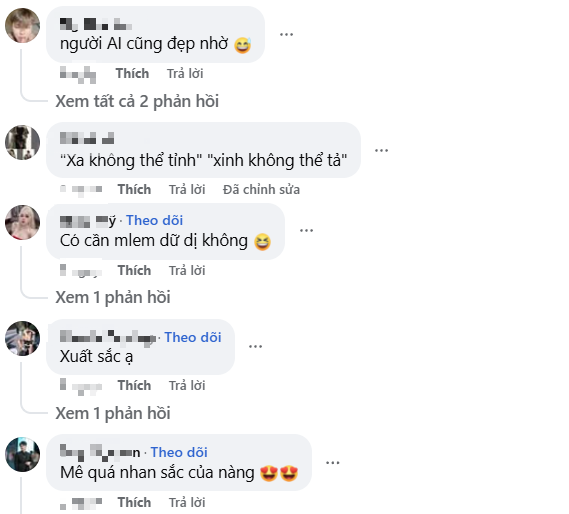
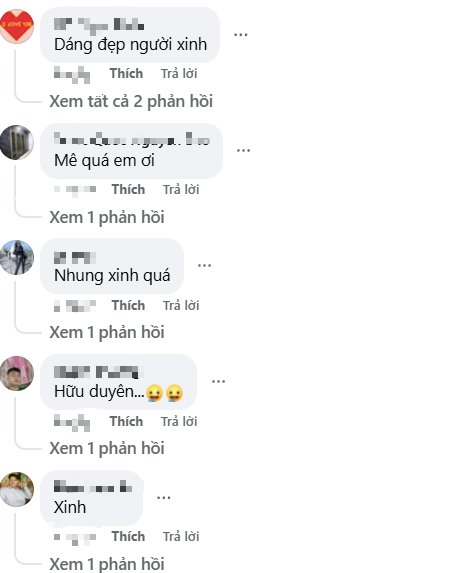
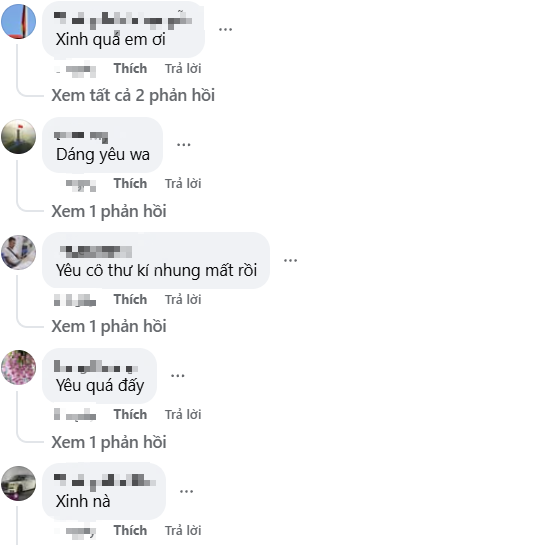
The concept of the “holy angle” has transformed into an essential element of modern photography. This angle helps highlight the natural beauty while also adding depth to the overall aesthetic. With a face that seems untouched and hair styled simply, Nhung Lora achieves a striking visual impact.
The line between genuine human beauty and AI-generated images is becoming increasingly blurred in today’s rapidly advancing technological age. Yet, editing software continues to challenge the distinction between “natural beauty” and “technological products.” Thus, when a flawless face like “Hot girl 14s” appears, the response is often one of skepticism about its authenticity.




















